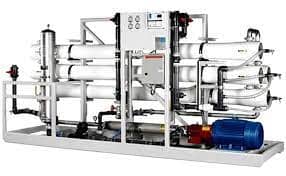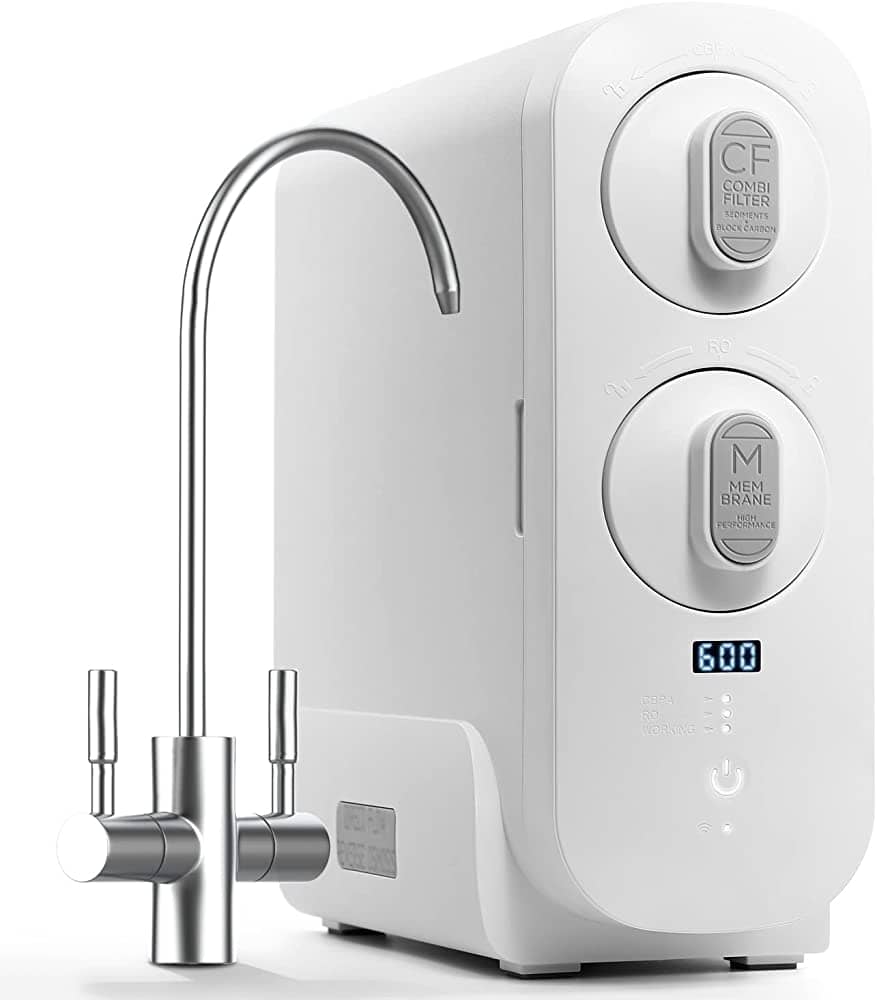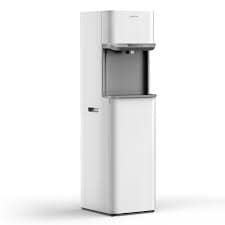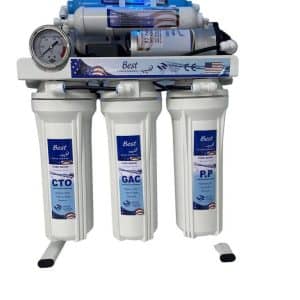Description
Ro System
If you’re looking for an efficient way to purify your water, you may have heard of RO & RO systems. But what exactly are they, how do they work, and what are their benefits? In this ultimate guide, we’ll answer all your questions and provide you with all the information you need to know about RO & RO systems.
What Is RO?
RO, or reverse osmosis, is a water purification process that removes contaminants from water by pushing it through a semipermeable membrane. This membrane acts as a filter, allowing water molecules to pass through while blocking larger molecules such as minerals, salts, and other impurities. The result is pure, clean water that is safe to drink.
How Do RO Systems Work?
RO systems work by using a combination of filters and a semipermeable membrane to purify water. The water is first passed through a sediment filter, which removes larger particles such as dirt and sand. Next, it passes through a carbon filter, which removes chlorine and other chemicals that can affect the taste and odor of the water. The water then enters the RO membrane, where it is pushed through under high pressure, leaving behind impurities and contaminants.
Benefits of RO Systems
RO systems offer a number of benefits, including:
- High Efficiency: RO systems can remove up to 99% of contaminants from water, making it one of the most effective water purification methods available.
- Improved Taste and Odor: By removing impurities and contaminants, RO systems can improve the taste and odor of your water, making it more enjoyable to drink.
- Cost-Effective: While RO systems may have a higher upfront cost than other water purification methods, they require little maintenance and have a long lifespan, making them a cost-effective option in the long run.
- Environmentally Friendly: RO systems do not require any chemicals or electricity to operate, making them an eco-friendly option for water purification.
Types of RO Systems
There are two main types of RO systems: point-of-use systems and whole-house systems.
Point-of-Use Systems
Point-of-use systems are designed to purify water at the point where it is needed, such as a kitchen sink or refrigerator. These systems are typically smaller and more affordable than whole-house systems, making them a popular choice for homeowners who only need to purify water in specific areas of their home.
Whole-House Systems
Whole-house systems are designed to purify water for the entire home. These systems are typically larger and more expensive than point-of-use systems, but they offer the convenience of having purified water available throughout the entire house.
Choosing an RO System
When choosing an RO system, there are several factors to consider, including:
- Water Quality: The quality of your water will determine the type of system you need and the level of purification required.
- Flow Rate: The flow rate of the system will determine how quickly water is purified and how much water is available at any given time.
- Budget: RO systems can vary in price, so it’s important to determine how much you’re willing to spend before making a purchase.
- Maintenance: Some systems require more maintenance than others, so it’s important to consider how much time and effort you’re willing to invest in maintaining your system.
Installation and Maintenance
RO systems require proper installation and maintenance to ensure they continue to operate efficiently. Installation typically involves attaching the system to your water source and ensuring that it is properly connected. Maintenance involves replacing filters and performing regular cleaning to ensure that the system continues to remove contaminants from your water.
Conclusion
RO systems are an effective, cost-efficient, and environmentally friendly way to purify your water. Whether you choose a point of-use or whole-house system, it’s important to consider your water quality, flow rate, budget, and maintenance requirements before making a purchase. With proper installation and maintenance, an RO system can provide you with pure, clean water for years to come.
FAQs
- How often should I replace the filters in my RO system?
- It’s recommended to replace the sediment and carbon filters every six months and the RO membrane every two years, but it may vary depending on your water quality and usage.
- Can an RO system remove all impurities from water?
- While an RO system can remove a high percentage of impurities, there may still be some dissolved solids and contaminants that pass through. Additional water treatment methods may be necessary for complete purification.
- What is the difference between a 3-stage and 5-stage RO system?
- A 3-stage RO system includes a sediment filter, carbon filter, and RO membrane. A 5-stage system adds an additional carbon filter and a post-filter to further improve water taste and odor.
- Can an RO system be used for well water?
- Yes, an RO system can effectively purify well water, but it’s important to consider the water quality and the specific needs of your home before making a purchase.
- How much does an RO system cost?
- The cost of an RO system can vary depending on the type of system, brand, and features. Point-of-use systems can range from $100-$500, while whole-house systems can range from $1,000-$3,000.








Aqua Filter –
Aquaafilter is the only company I trust for all my water filter needs. Their staff is prompt, professional, and always willing to provide exceptional service.